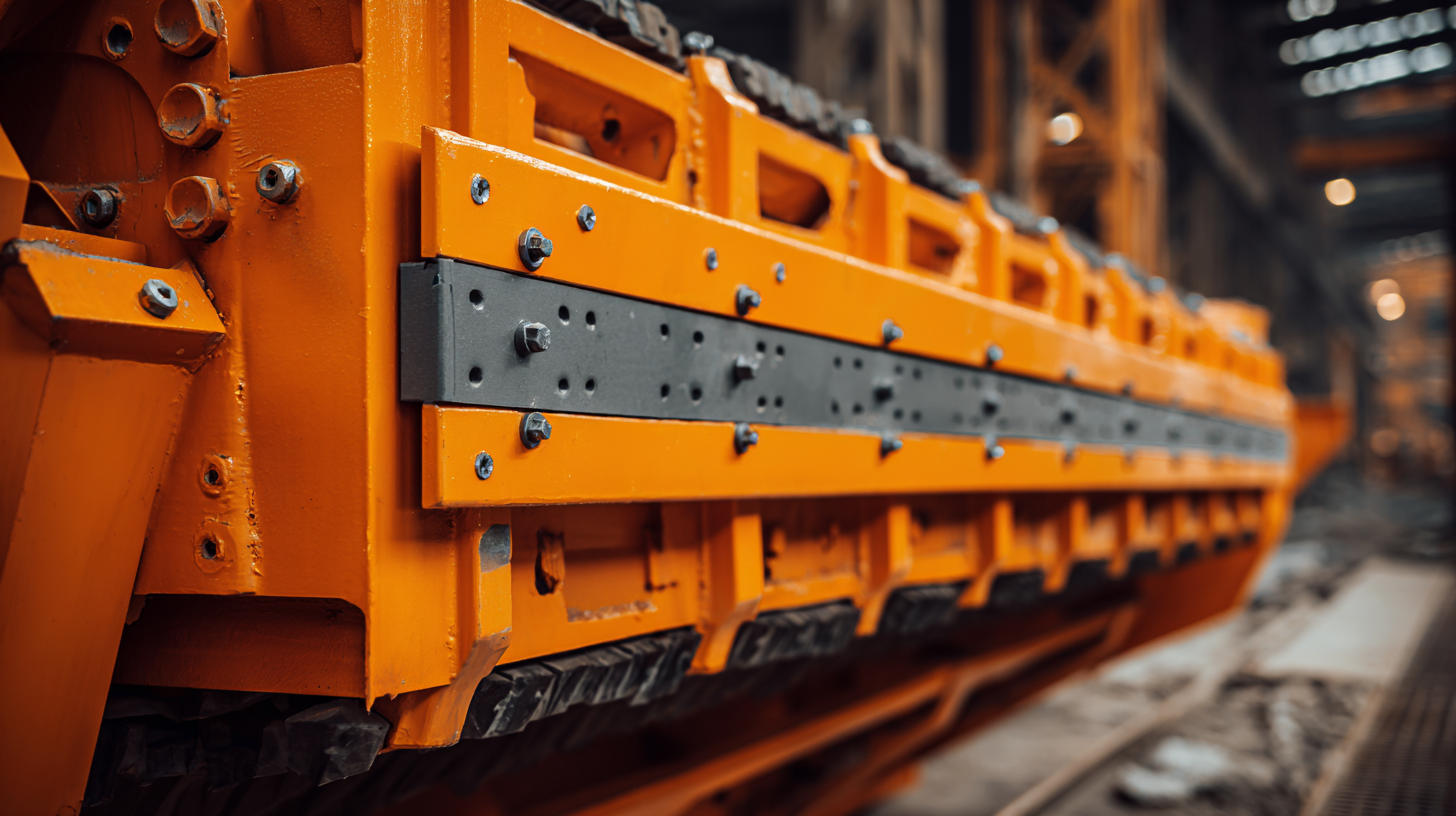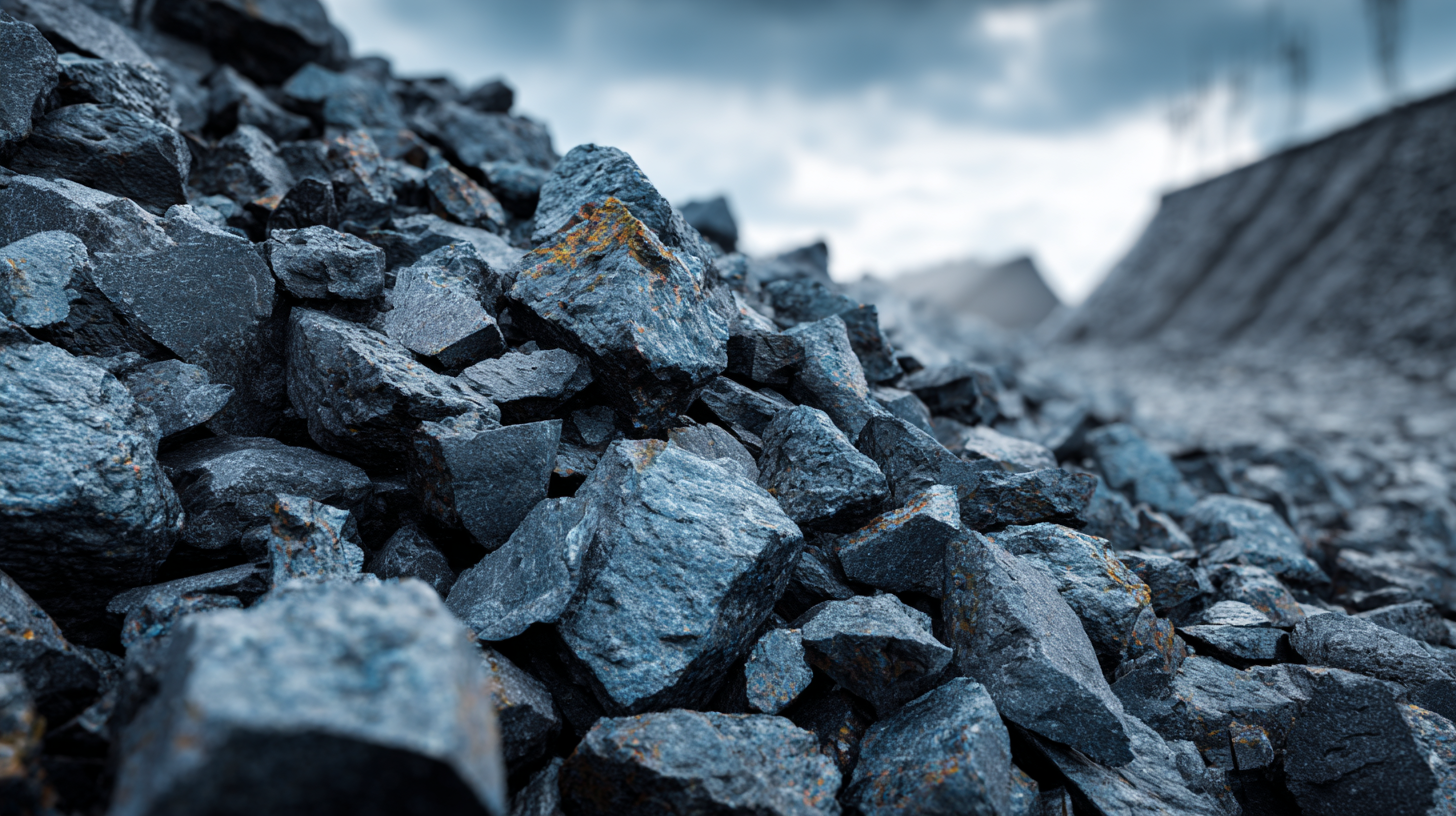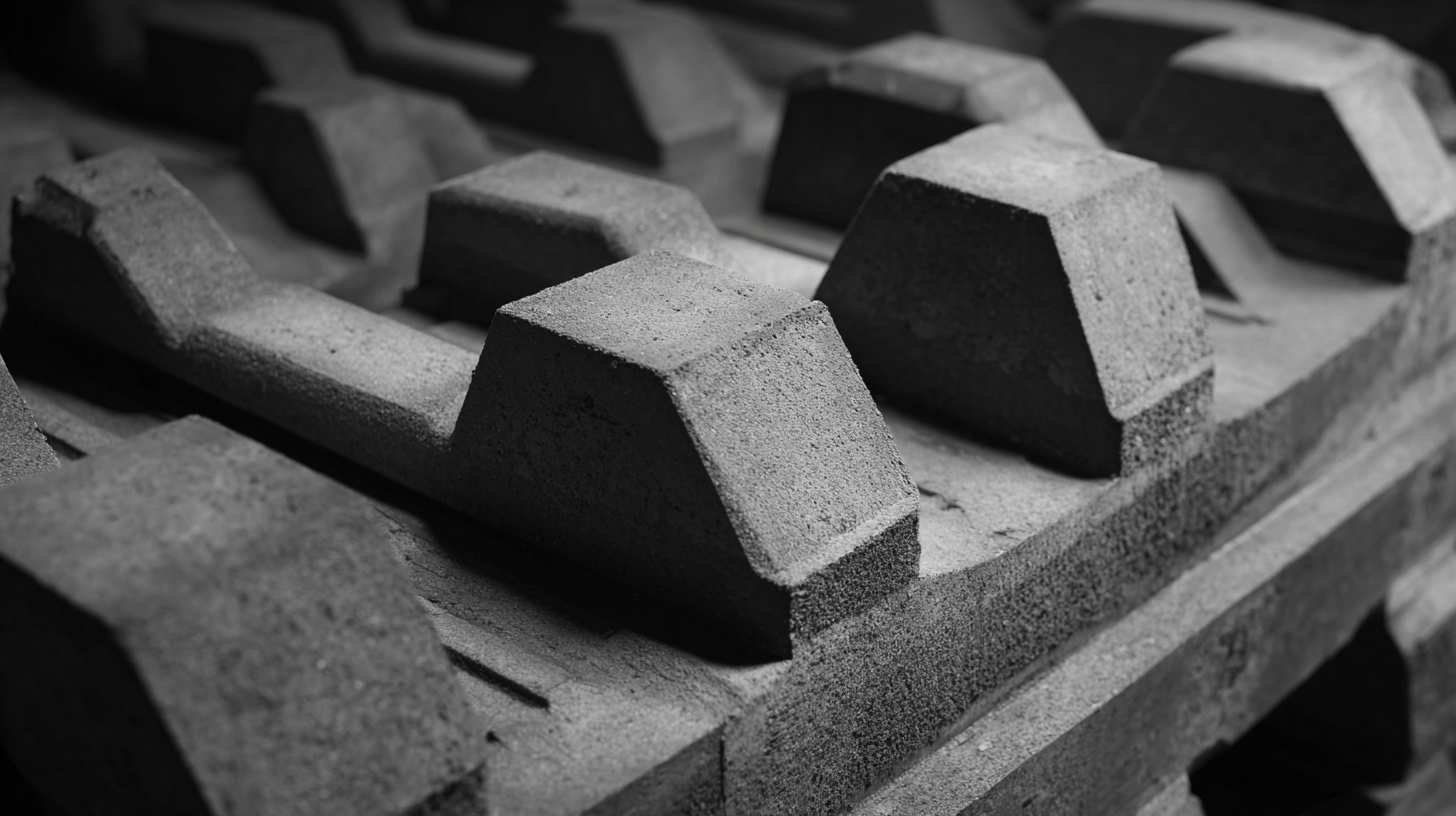In the rapidly evolving landscape of the construction and mining industries, the demand for efficient and durable machinery is paramount, particularly in stone crushing operations. The role of jaw plates for crushing stone cannot be overstated, as they are critical components that directly influence the productivity and longevity of crushing equipment. According to a report by Global Industry Analysts, the global stone crushing equipment market is projected to reach $8.5 billion by 2027, driven by infrastructure development and increased demand for high-quality aggregates.

Innovations in jaw plate materials and designs are essential for enhancing performance and reducing operational costs. With advancements such as wear-resistant alloys and customizable profiles, the future of jaw plates for crushing stone is poised for significant improvements, promising to meet the rigorous demands of modern applications while promoting sustainability in resource extraction.
The choice of jaw plate materials is critical in the stone crushing industry, impacting both efficiency and longevity of the equipment. According to a report by Global Industry Analysts, the demand for efficient stone crushing machines is projected to grow by 4.5% annually, emphasizing the need for advanced materials that enhance durability. Traditional manganese steel jaw plates are known for their excellent work-hardening properties, providing a significant impact resistance and extending the operational lifespan. However, emerging alternatives, such as high-carbon chromium steel, offer even greater wear resistance, making them suitable for crushing harder stones with less frequent replacements.
Additionally, the use of composite jaw plates is gaining traction due to their lightweight nature and improved performance. According to a study published in the International Journal of Engineering Research, composite materials can reduce weight by up to 30%, which leads to lower energy consumption and improved throughput rates. The advent of materials engineered for specific crushing applications is revolutionizing the sector, allowing operators to optimize their equipment based on the specific characteristics of the stones being processed. This innovation not only enhances productivity but also considerably reduces maintenance costs, positioning the stone crushing market for a dynamic future.
Innovative jaw plates are revolutionizing the stone crushing industry, offering enhanced efficiency and performance across various sectors. In the construction industry, these advanced components are designed to withstand high levels of wear and tear while maintaining optimal crushing accuracy. This ensures that aggregates produced meet stringent quality standards, which is essential for durable building materials. Moreover, the introduction of specialized materials and innovative designs in jaw plate manufacturing leads to reduced downtime and maintenance costs, thereby boosting productivity.
Beyond construction, the mining sector is also benefitting from the application of innovative jaw plates. These plates are engineered to handle harder materials and higher crushing forces, improving ore processing efficiency. In recycling industries, new jaw plate designs allow for more effective separation and reduction of waste materials, facilitating a more sustainable approach to resource management. As various industries continue to adopt these advancements, the future looks promising for innovative jaw plates, as they enhance operational efficiency and contribute to the overall success of stone crushing processes.
The advent of innovative jaw plates has revolutionized the efficiency of stone crushing operations. In particular, a comparative analysis of fixed and movable jaw plates highlights the significant differences in performance and durability. According to a report by Research and Markets, the global stone crushing equipment market is projected to reach USD 4.5 billion by 2026, driven by the increasing demand for construction and mining. The choice between fixed and movable jaw plates can dramatically influence the operational costs and output efficiency.

Fixed jaw plates, typically made from high manganese steel, offer robust durability and a longer operational lifespan compared to their movable counterparts. Yet, movable jaw plates provide flexibility and can adapt to various crushing demands. A study published in the International Journal of Mining Science and Technology indicates that machines with optimized jaw plate configurations can improve crushing efficiency by over 30%, significantly impacting productivity. The right combination of fixed and movable jaw plates not only enhances material throughput but also reduces wear and maintenance costs, making it a crucial consideration for industry professionals aiming to maximize performance in stone crushing applications.
Emerging technologies in jaw plate design are revolutionizing the efficiency and effectiveness of stone crushing operations. The introduction of advanced materials, such as high-strength alloy steels and composite materials, has significantly enhanced the durability and wear resistance of jaw plates. These innovative materials not only extend the lifespan of the plates but also contribute to reduced maintenance costs and downtime for equipment, enabling a smoother workflow in mining and aggregate production.

Additionally, the implementation of computer-aided design (CAD) and simulation tools allows engineers to optimize jaw plate geometry for better feed acceptance and distribution. This meticulous design process enhances the crushing efficiency by minimizing power consumption and increasing throughput. Furthermore, innovations such as adaptive jaw plate designs can adjust to varying material hardness and size, ultimately leading to more versatile and flexible crushing solutions. These forward-thinking advancements are paving the way for enhanced productivity, allowing companies to meet the demands of a rapidly evolving market with greater ease.
The performance of jaw plates significantly influences the crushing efficiency and lifespan of stone crushing equipment. According to a report from Technavio, the global stone crushing equipment market is projected to grow by over 4% annually through 2025. Innovations in jaw plate design, such as the introduction of high-manganese steel and advanced alloy compositions, have been shown to enhance wear resistance, ultimately prolonging the lifespan of these crucial components. Research indicates that equipment with optimized jaw plate features can achieve up to 30% greater operational efficiency, translating to reduced operational costs and increased productivity.
Furthermore, the design geometry and surface texture of jaw plates play a vital role in their crushing performance. A study published in the Journal of Manufacturing Processes highlights that variations in jaw plate design can lead to different crushing mechanisms, affecting the size reduction and energy consumption. For instance, a standard smooth jaw surface may perform adequately, but incorporating a corrugated design can enhance grip and friction, facilitating more effective material fragmentation. The integration of these innovative features is not only pivotal for enhancing throughput but is also essential for addressing the evolving demands of more sustainable and energy-efficient mining practices.



